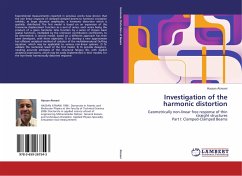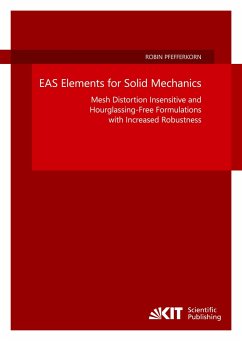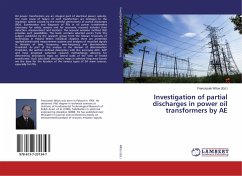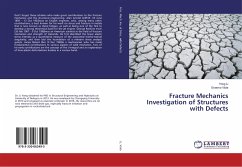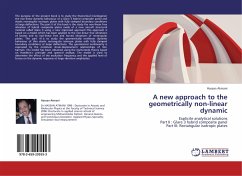Experimental measurements reported in previous works have shown that the non linear response of clamped-clamped beams to harmonic excitation exhibits, at large vibration amplitudes, a harmonic distortion which is spatially distributed. The first model is based on an expansion of the transverse displacement function as a sum of series, each series being the product of a given harmonic time function by a series of chosen basic spatial functions, multiplied by the unknown contribution coefficients, to be determined. A second model, based on a different approach has then been developed, with three objectives: 1) to develop a new approximate but efficient analytical method of solution of the multidimensional Duffing equation, which may be applicable to various non-linear systems. 2) To validate the numerical result of the first model. 3) To provide designers, needing accurate estimates of the structural fatigue life, with explicit analytical expressions, which may be easily implemented in their models, for the non-linear harmonically distorted response.
Bitte wählen Sie Ihr Anliegen aus.
Rechnungen
Retourenschein anfordern
Bestellstatus
Storno

